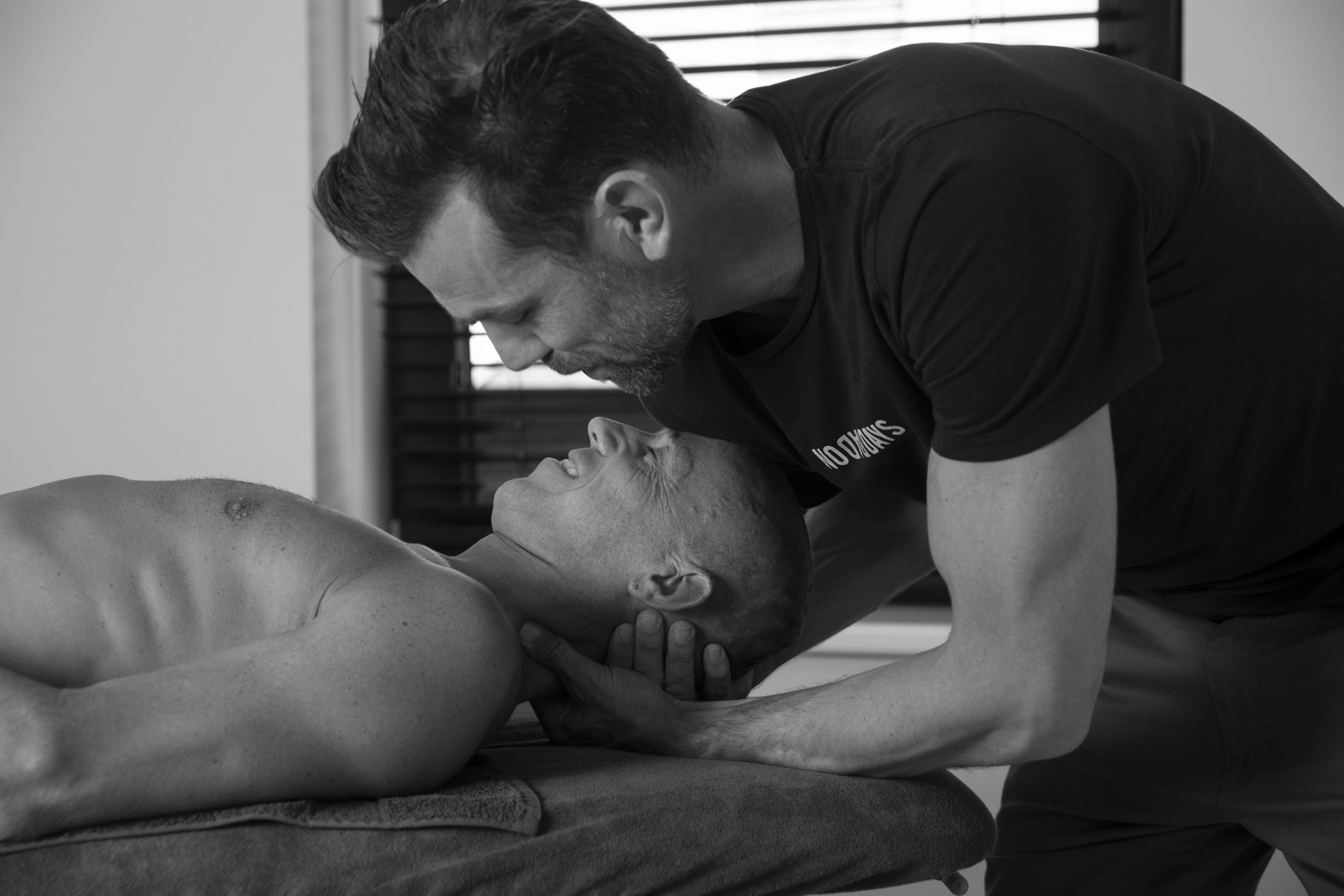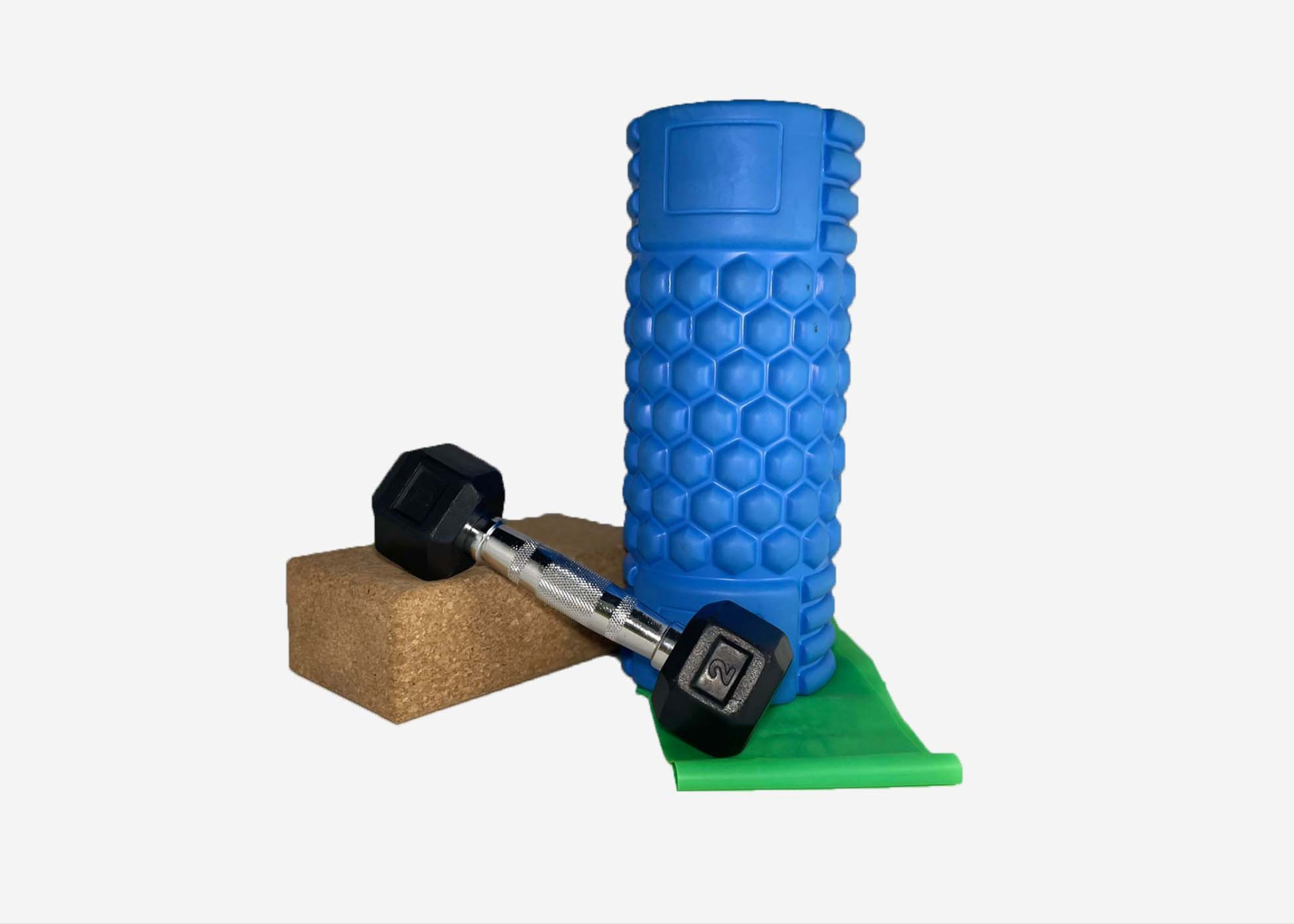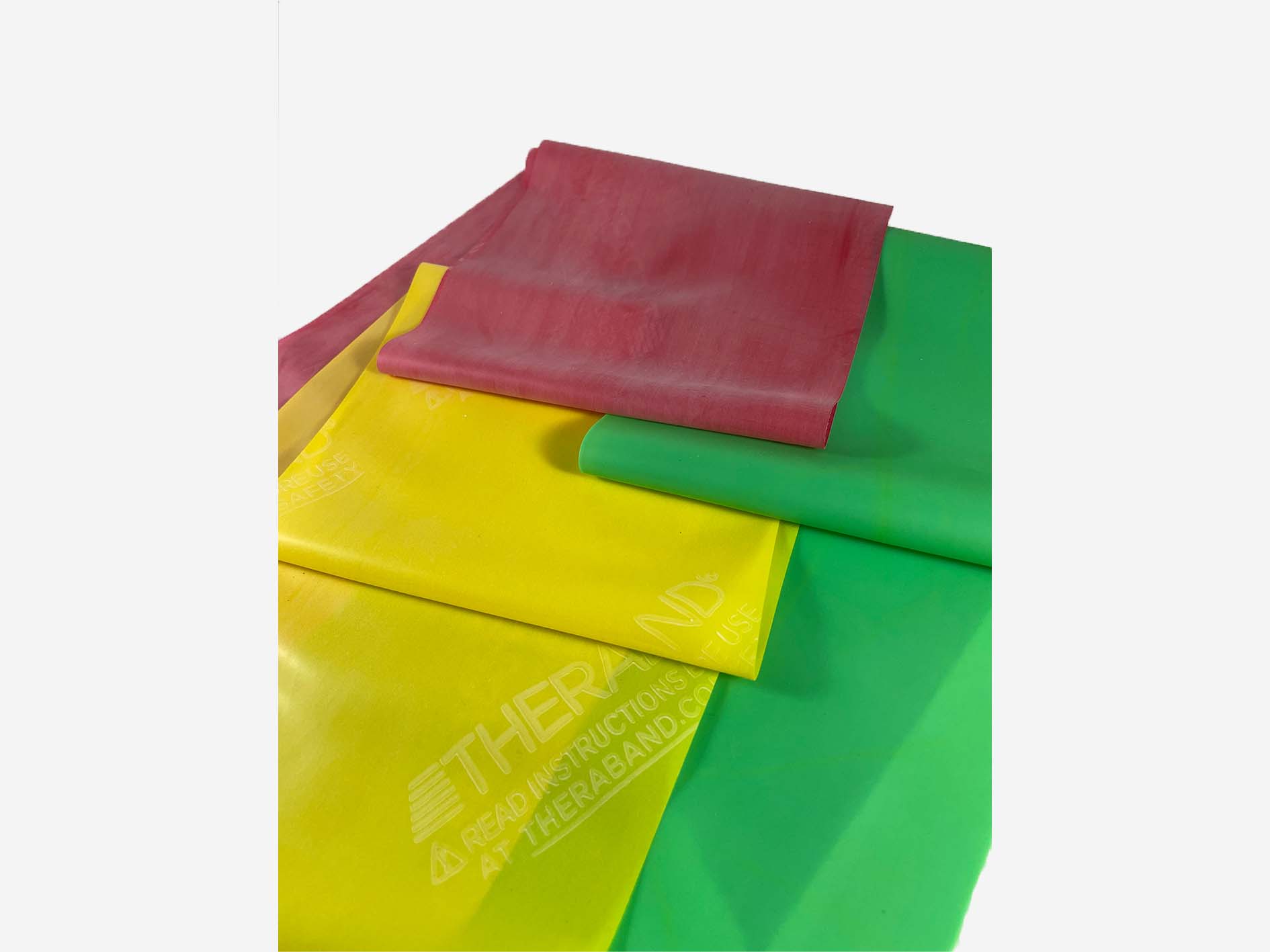
The neck
Low back and neck pain are two of the most common complaints. Neck pain is often caused by sedentary workers, because they often sit in one position for a long time. But there are many causes and different types of neck pain. Staying active and doing exercises is recommended to reduce the pain
1. Nek lang maken (chin in)
Ga op de rug liggen, doe net alsof je kruin vast zit aan een touwtje en maak de nek lang.
2. Nek lang maken (chin in)
Ga in buik lig op een bankje liggen. Zorg ervoor dat uw hoofd vrij van het bankje komt. Maak een "Chin in" beweging.
3. Nek lang maken (chin in)
In zit. Om het makkelijker te maken plaats je je vinger op je kin. Maak nu een kleine knik beweging naar achter alsof je een onderkin wilt maken.
4. Chin in rotatie
Houdt uw hoofd neutraal, trek uw kin in en plaats uw wijsvinger vervolgens op uw kin. Kijk nu terwijl u uw kin ingetrokken heeft naar links en vervolgens naar rechts. Herhaal dit.
5. In zit Chinning in knikken
Houdt het hoofd in een neutrale stand, trek vervolgens de kin in waardoor u een knikkende beweging maakt. Herhaal deze beweging.
6. In zit cervicale rotatie met ja knikken
Ga zitten en houdt uw hoofd in een neutrale positie. Draai uw hoofd opzij richting een van de schouders en maak 8 keer een ja knikkende beweging. Herhaal dit per kant.
7. Chin in lateroflexie
Houdt het hoofd in een neutrale stand en trek de kin in. Plaats vervolgens een vinger op uw kin en beweeg uw hoofd vervolgens langzaam naar uw rechter en naar uw linker schouder. Herhaal dit.
8. Cervicale rol
Houdt het hoofd in een neutrale stand, trek vervolgens de kin in en rol terwijl uw kin ingetrokken is uw hoofd naar links en naar rechts.
9. Chin in met elastiek (CWK)
Plaats het elastiek op uw achterhoofd en breng dit op spanning. Maak een "Chin in" beweging of maak een onderkin waarbij u het elastiek op de plaats houdt.
10. Actieve nekflexie tegen zwaartekracht
Ga op de rug liggen, zorg dat het hoofd in één lijn ligt, trek vervolgens de kin in. Terwijl u deze intrekt brengt u het hoofd naar voren, waardoor het hoofd los komt van de bank.
11. Actieve lateroflexie tegen zwaartekracht
Ga op uw zij liggen en houdt uw hoofd neutraal. Laat uw hoofd nu langzaam opzij zakken terwijl u naar voren blijft kijken. Trek uw hoofd vervolgens weer rustig terug naar de beginpositie. Herhaal dit.
12. CTO mobilisatie
Houdt de armen op schouderhoogte naast u. Kijk naar één zijde draai de hand waar u naar kijkt open omhoog en de andere arm (waar u dus niet naar kijkt) omlaag. Wissel deze beweging af.
13. Actief m. Trapezius met weerstand (CWK)
Plaats uw arm tegen de zijkant van uw hoofd. Buig uw hoofd een klein beetje richting uw schouder. Nu voert u de weerstand tegen uw eigen hand uit.
14. Rekking trapezius via arm
Ga recht op staan en houdt uw hoofd neutraal, buig vervolgens uw hoofd opzij richting uw linkerschouder. Trek vervolgens uw rechterschouder op en laat deze vervolgens zakken. Herhaal dit. Doe dit ook terwijl u uw hoofd richting uw rechterschouder buigt en vervolgens de linkerschouder optrekt. Doe hiervan 2 keer 10 herhalingen per kant.
15. Zit rekking levator
Ga zitten op de stoel en kijk naar beneden. Breng vervolgens de linker arm achter de stoel en draai uw kin terwijl u nog naar beneden kijkt naar uw rechterschouder. Herhaal dit ook terwijl u uw rechterarm achter uw stoel houdt en uw kin terwijl u naar beneden kijkt naar uw linkerschouder draait.
The neck
Low back and neck pain are two of the most common complaints of the musculoskeletal system. There are different types of neck pain. The onset can be acute or gradual. On average the pain will reduce by 45% in the first 6 weeks and you’ll feel less limited in your daily activities. Recovery times vary greatly and there are many factors that impact the recovery.
Providing mobility is an important function of the cervical spine (neck). It allows us to quickly and easily scan the world around us. The mobility is made possible by coordinated movements of seven vertebrae, the intervertebral discs, neck muscles and ligaments. Functionally, we can divide the neck in three parts. The top part of the neck (high cervical spine) connects to the skull. It plays an important role in keeping your balance. It will give the brain information about the position of our head. This is especially important when our eyes are closed. The other two parts are the middle of the neck and the lower part of the neck that connects to the thoracic spine (cervicothoracic junction or CTJ).
Small muscles deep inside the neck span the various joints of the neck. These deep muscles are covered by longer muscles and the most superficial layer contains even larger and longer muscles that for example run from the skull to the shoulder blades or thoracic spine (trunk). All these muscle systems have their specific role in movement, coordination and maintaining posture. The nerves that come out of the cervical spine service the neck, shoulder girdle and arms. They are in charge of the motor control, proprioception and the autonomous functions like blood flow, perspiration and recovery. The neck also contains blood vessels that supply the brain allowing it to function.
Synonyms:
Neck pain, cervical pain, cervical spine, CTJ, high cervical, mid cervical, cervicothoracic junction
Advice
If you have any questions regarding the exercises, doubt if you are doing them correctly or aren’t sure they are suited for your condition, please contact your physiotherapist for support.
Attention:
Yourbody.coach offers a range of exercises. Yourbody.coach can not be held responsible if you develop injuries. Always consult your physiotherapist or specialist.

